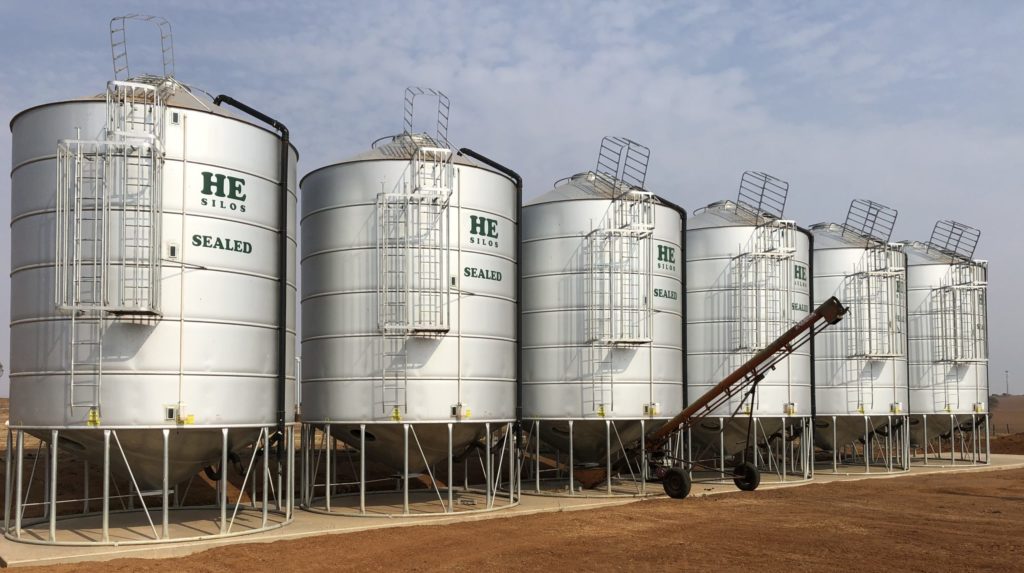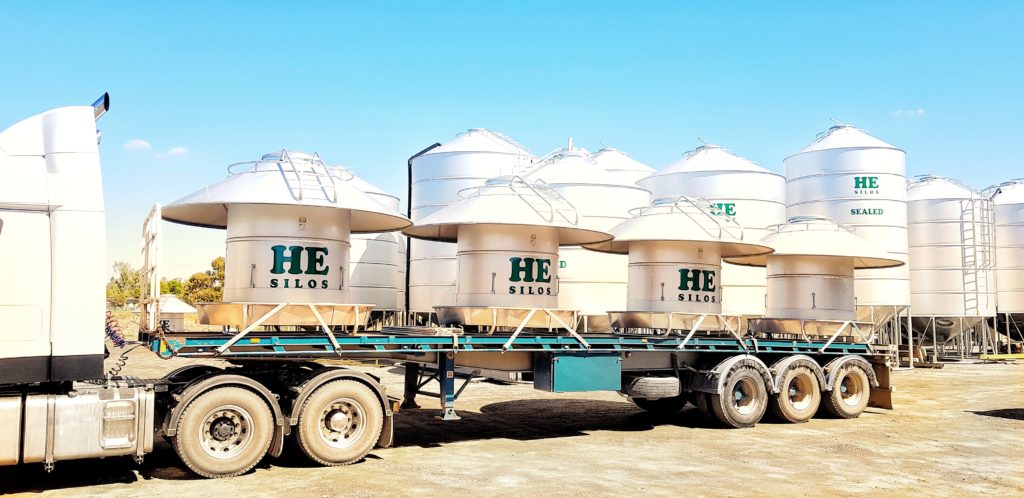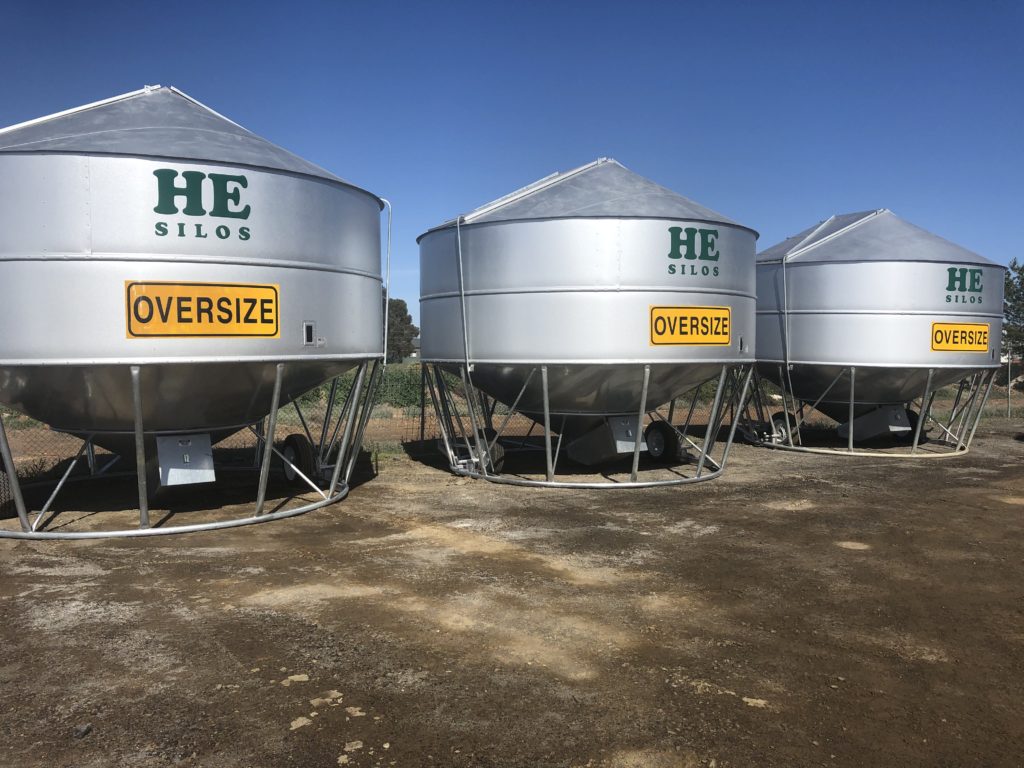Instant asset write-off; all you need to know

Hello to you all for another fortnight,
It’s been fairly busy around my neck of the woods and our HE offices these last couple of weeks, but we’d much prefer it that way instead of sitting around, twiddling our thumbs.
As we continue to live through the current COVID-19 crisis, we are starting to come to terms with a new way of life if you will. Despite having a big impact on all industries and communities right around the world, we Aussie farmers are also seeing and feeling the knock on effects.
The Australian Government is currently offering grants to help ease the financial pressure most businesses are under at the moment. The Instant asset write-off scheme is designed to allow eligible businesses to instantly write off the cost of each asset, that costs less than the $150,000 threshold, a huge increase from the original $30,000 threshold.
While this is terrific news to so many business owners, let’s break it down a little further so we’re all across what finer details are involved as there is a number of different eligibility criteria and thresholds that may apply to assets purchased before mid-way through this month.
A quick search on the Australian Government’s website tells us two main things. Under the instant assets write-off, a small business can;
-immediately write off the cost of each asset that costs less than the threshold
-claim a tax deduction for the business portion of the purchase cost in the year the asset is first used or installed ready for use (this includes both new and used assets, but some conditions do apply.)
So the first question that springs to mind is ‘am I eligible?’ Well that’s where the eligibility test on the Australian Government’s website comes in handy, but basically it goes off your aggregated turnover which is the total ordinary income of your business and that of any associated businesses. Other factors that come into play include the date you purchased the asset you’re trying to write off, when the asset was first used or installed ready for use, and obviously the cost of each asset being below the threshold of $150,000 which I made mention of a little earlier on.
Here’s a simple example from the ATO’s website, explaining how this all works;

Apart from the instant asset write-off, there are a number of grants up for grabs to support those still affected by the drought, including the Farm Innovation Fund, the Drought Assistance Fund and the Drought Transport under the Rural Assistance Authority (RAA).
The Farm Innovation Fund gives low interest loans for permanent on-farm infrastructure to help prepare for dry conditions, be more resilient and improve on-farm efficiencies. The Drought Assistance Fund is a 7 year interest free loan to help farmers implement systems and practices to manage and respond to the impacts of drought. The Drought Transport Subsidies gives primary producers access to up to $50,000 to cover cost of transporting fodder, water for stock and domestic use, stock, farm chemicals, fertiliser and seed to farms.
The RRA gives financial assistance to those eligible through programs including transport subsidies for animal welfare and natural disasters to primary producers on behalf of both the NSW and Australian Governments. At the moment there are six grants and subsidies of interest to us:
-Emergency Drought Transport Subsidy; applies to the transport of fodder, water for stock and livestock to pasture, slaughter or sale
-Emergency Water Infrastructure Rebate Scheme; from 12 January 2019, drought-affected farmers can claim up to 25% on new farm water infrastructure costs
-Animal Welfare Transport Subsidy; available for the transport of stock at risk is permanently available to primary producers
-Donated Fodder Transport Subsidy; Pays for the costs of transporting donated fodder from within NSW
-Natural disaster Transport Subsidy; available to farmers who are affected by a declared natural disaster event
-Disaster recovery grants; provides immediate relief to farmers, small businesses and non-profit organisations
The Rural Assistance Authority have a list of what grants and subsidies are up for grab for farmers just like you and I on their website, so be sure to take a look at that one too.
https://www.raa.nsw.gov.au/grants
Going back to the instant assets write-off I must give you the heads up, that as of 1 July the instant asset write-off will only be available for small businesses with an aggregated turnover of less than $10 million and the threshold will be dropped to $1000. Businesses with an aggregated turnover of $500 million dollars or more will not be eligible for the instant asset write-off scheme.
Jump online and check your businesses eligibility. All of us assume it’s too time consuming to submit your details and check your eligibility, but if it means writing-off an asset or two, that will really make all the difference in the long run. So jump online; https://www.ato.gov.au/Business/Depreciation-and-capital-expenses-and-allowances/Simpler-depreciation-for-small-business/Instant-asset-write-off/
UPDATE: The government announced it will extend the $150,000 instant asset write-off until 31 December 2020.
I’ll be back with you in another couple of weeks, but until then stay out of trouble and check out the Government’s website.





